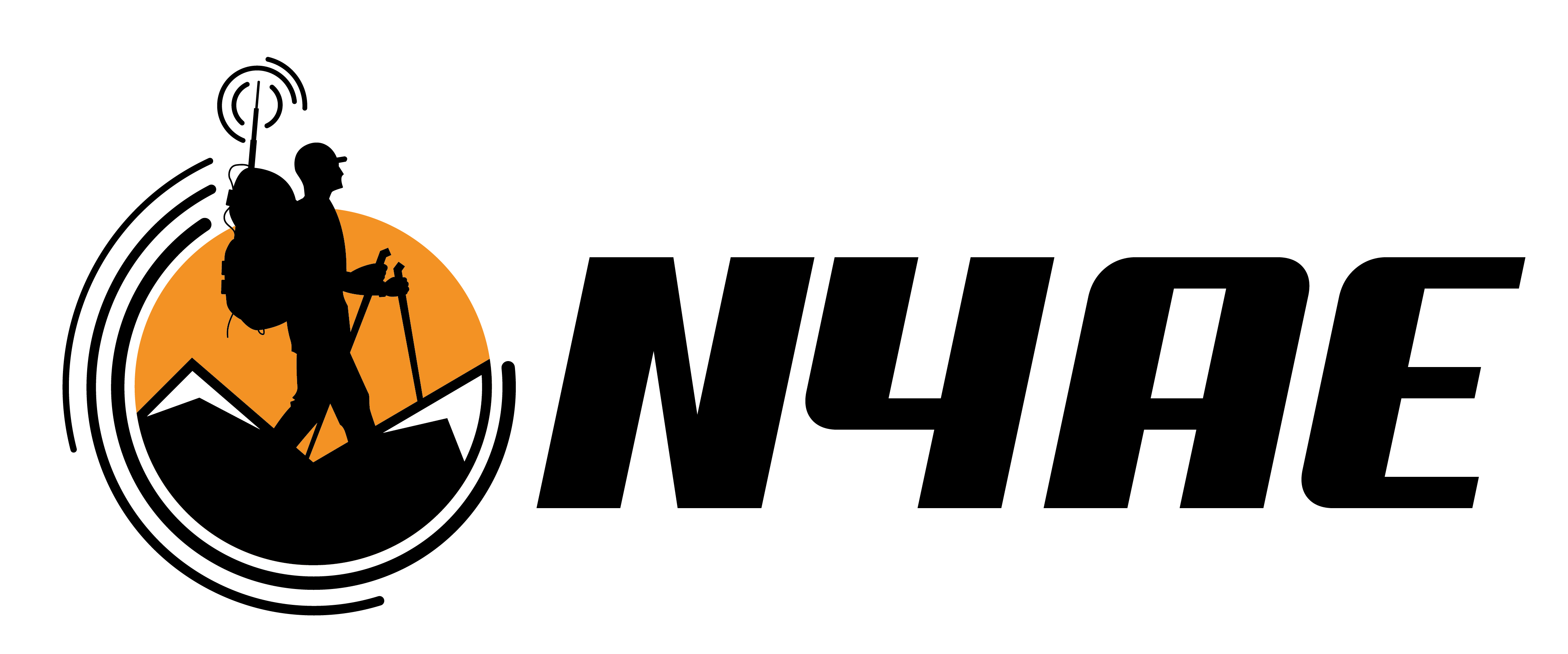Final Tuning of Little Tarheel II Antenna
This is Part 14 of Outfitting a Jeep JK Unlimited for Ham Radio. In this part, I will perform a final tuning on the radio station. It differs from the Preliminary Tuning of the Little Tarheel II Antenna because I have installed bonding strap to improve ground.
Bonding Improves Performance
With an improved ground, the antenna is electrically longer. The antenna mast will be longer (taller) for optimum performance as a result. As you can see, the antenna is flat across the dial.
Frequency, MHz |
Forward |
Reflected (Old) |
Reflected (New) |
50.125 |
5 |
0.5 |
0.1 |
28.360 |
5 |
0.1 |
0.0 |
24.950 |
5 |
0.1 |
0.1 |
21.360 |
5 |
0.4 |
0.1 |
18.160 |
5 |
0.2 |
0.1 |
14.300 |
5 |
0.1 |
0.1 |
7.290 |
5 |
0.1 |
0.1 |
5.373 |
5 |
0.1 |
0.0 |
3.985 |
5 |
0.1 |
0.1 |
I also tuned the antenna to other places to see how much bandwidth is available. As expected, the antenna requires additional tuning on the higher bands.
On the 80-Meter Band, for example, the antenna controller was optimum at n=238 for 3996 kHz and n=247 for 3905 kHz. By comparison, n=30 for 28.360 MHz and n=29 for 29.360 MHz.
Funding the Bottom
It also appears that 3900 kHz is as low as I can tune my antenna.
At 3857 kHz (the frequency for the Illinois Phone Net), the antenna was fully extended (n=250). Reflected power was 0.5 watts with 5-watts transmitter power output, or about 1.7:1 SWR. I believe the radio could perform that low in a pinch, but only if I lower transmitter power output first.
The best way to lower operating frequency on this type of installation is to extend the antenna’s electrical length further with more bonding. That is a project for a later time.
Bonding Improves Atmospheric Noise
As expected, artificial noise drops to zero on all bands when the engine is off.
Frequency, MHz |
No Bonding |
With Bonding |
50.125 |
S3 |
S0 |
28.360 |
S3 |
S0 |
24.950 |
S0 |
S0 |
21.360 |
S0 |
S0 |
18.160 |
S4 |
S0 |
14.300 |
S5 |
S0 |
7.290 |
S4 |
S0 |
5.373 |
S4 |
S0 |
3.985 |
S4 |
S0 |
Based on these readings, I don’t need to bond the exhaust pipe.
Now, let’s crank the engine.
Alternator Noise Remains in the Signal
Man, it ain’t pretty.
Frequency, MHz |
No Bonding |
With Bonding |
50.125 |
S5 |
S1 |
28.360 |
S7 |
S6 |
24.950 |
S5 |
S6 |
21.360 |
S2 |
S6 |
18.160 |
S7 |
S6 |
14.300 |
S7 |
S6 |
7.290 |
S8 |
S7 |
5.373 |
S8 |
S8 |
3.985 |
S8 |
S7 |
Noise remained consistent with readings prior to bonding except for the 6-Meter Band.
This makes sense because, at 48-inches in total length, the Little Tarheel II antenna is 1/4-wavelength at 50 MHz. This will be the most efficient band for this antenna.
Where is the Noise Entering?
When the Jeep is cranked, it generates a pulsing tick not unlike a spark gap generator. I suspect that the spark plugs are making the noise. As an experiment, I unplugged the cable connecting the antenna with the antenna controller. The tick went away immediately.
The good news is that I don’t need additional bonding.
The bad news is that I have a 285 Horsepower Spark Gap Generator.
I need to separate the antenna controller from the antenna either by adding more current chokes, installing a DC line filter, or replacing the spark plug cables.
Or all three.
At least I know what I have to do next.




















I am buying a JK (used) here in about a week. I found your site a while back, through Pinterest, of all things, and was interested in your process for installing gear. One thing I thought you might try would be to ground the radio at the chassis where the radio is mounted. While I understand that radios seem to be coming with fused positive and negative wires these days, grounding to the chassis is the “right” and “classic” way to install radios. Just wondering if that might help your situation. I, by no means, am an expert in HF, mobile installs, or ham radio, despite being licensed since I was 14 (30 years ago). I just came back to the hobby in the last 5 years, after a ~15-20 year absence. Where and how did you mount the core of the Yaesu?
Chris, I mounted the radio under the passenger’s seat. You can read about the installation here.
https://n4ae.com/2016/07/installing-a-yaesu-ft-857d-in-a-2016-jeep-jk-unlimited-mobile-mount/
Interesting read. I’ve heard Jeeps are notorious for RF noise, Definitely ground the radio to the chassis and try one of these: https://powerwerx.com/dc-line-noise-filter-powerpole-connectors
I have been researching JK ignition RFI for a while now, and it seems that people have solved the issue by slipping braided sleeve over the spark plug wires, all the way down over the boots. Then they ground the end closest to the distributor. I haven’t tried it personally, but I plan to. Just thought I would pass it on.
Also, I noticed in one of your previous articles/posts you stated that you didn’t need to ground your exhaust. I just grounded/bonded the exhaust in two places (under driver door and at exhaust tip) and it made a huge difference for my install! I must have a noisier Jeep.